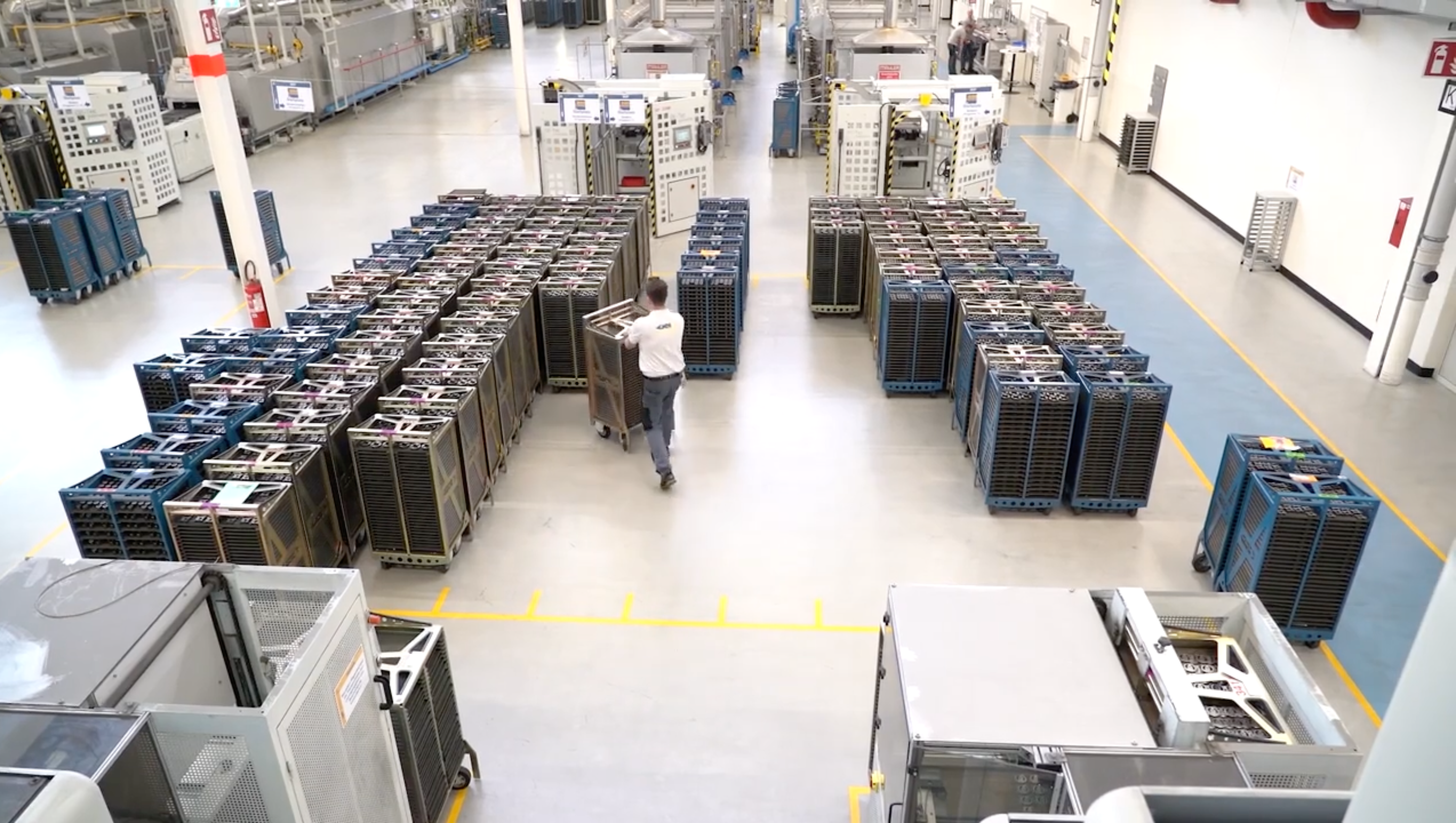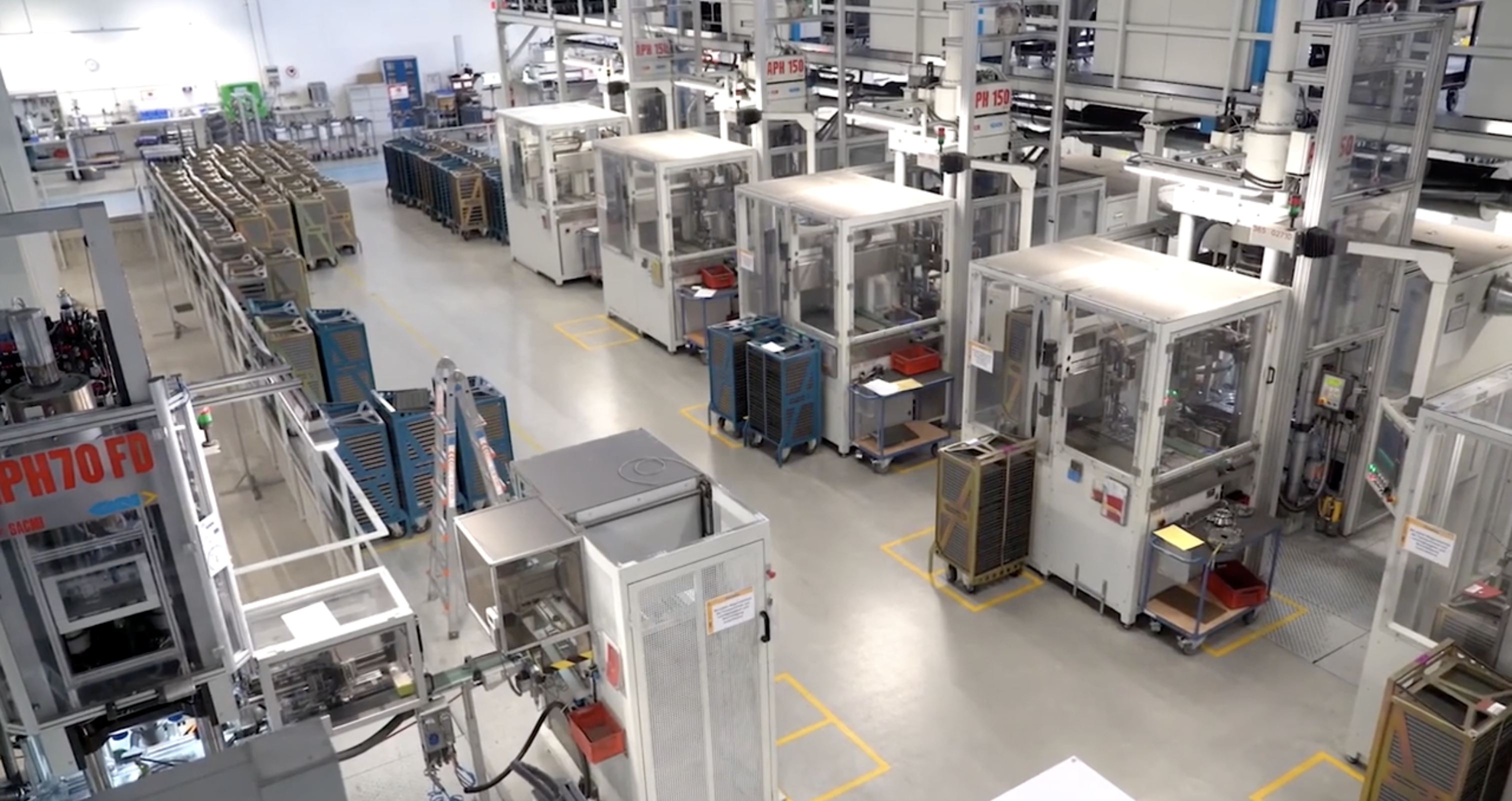If you’ve ever wondered how top-performing factories deliver consistent output without overproducing or underutilizing resources, takt time is a critical piece of the puzzle.
What is Takt Time?
Takt time is a fundamental concept in lean manufacturing that represents the rate at which a product needs to be completed to meet customer demand. It comes from the German word “Takt,” meaning rhythm or pulse, and serves as the heartbeat of production processes.
Formula:
Takt Time = Available Production Time / Customer Demand
For example, if your factory operates 480 minutes per day and customers demand 120 units daily:
Takt Time = 480 / 120 = 4 minutes per unit
This means a unit should roll off the production line every 4 minutes to keep up with demand.
Why Should You Care About Takt Time?
Mastering this concept is a game changer for improving efficiency, reducing waste, and ensuring that every aspect of your production system is aligned with real-world needs—not just internal schedules.
Manufacturers that align their production pace with takt time can expect:
- Lower inventory levels
- Reduced lead times
- Smoother workflows
- Fewer bottlenecks
And most importantly, a more synchronized operation where machines, workers, and materials are working in harmony.
How it All Fits into Lean Manufacturing
In the lean methodology, waste is the enemy—whether that’s time, materials, or motion. Takt time acts as the governor of workflow, ensuring that each process contributes efficiently toward end goals.
By establishing a consistent production cadence:
- Overproduction is minimized (no making products no one ordered)
- Idle time is reduced (workers and machines aren’t waiting)
- Workflow becomes predictable and measurable
Manufacturers often use it in conjunction with other lean tools such as:
- Standardized work: defining clear roles and sequences
- Heijunka: leveling production to avoid uneven workloads
- Kanban: signaling systems for materials replenishment
Takt Time vs. Cycle Time vs. Lead Time
It’s easy to confuse these three concepts or use them interchangeably. Here’s a breakdown:
- Takt Time: How often you need to produce a product to meet demand
- Cycle Time: How long it actually takes to make a product (per process or overall)
- Lead Time: The total time from order to delivery
Aligning cycle time with takt time is the goal. If your cycle time is shorter, you’re overproducing. If it’s longer, you’ll fall behind on orders.
When and Where to Apply Takt Time
Takt time is most effective in environments with:
- Repetitive tasks
- Predictable demand
- Assembly-line production
Industries that benefit include:
- Automotive manufacturing
- Electronics assembly
- Food and beverage packaging
- Medical device manufacturing
However, even in high-mix low-volume environments, this tool can still offer guidance by identifying feasible production rhythms for grouped product families.
How to Calculate and Use Takt Time in Practice
Step 1: Define Available Production Time
Subtract planned breaks, meetings, and maintenance from the total working time. For example, 8 hours minus 1 hour of breaks = 7 hours (or 420 minutes) of available time.
Step 2: Determine Customer Demand
This should be based on real-time order data or forecasted demand per day, shift, or hour.
Step 3: Calculate Your Takt Time
Use the formula to get your takt time and apply it at the line level or station level.
Step 4: Align Your Line Balancing
Ensure every workstation can complete its assigned tasks within the expected time. This may involve redistributing workloads or redesigning stations.
Step 5: Monitor and Adjust
Use visual boards or Andon systems to track and identify disruptions or delays in real time.
Common Pitfalls in Takt Time Implementation
- Ignoring variability: Demand can fluctuate; build in some flexibility.
- Not accounting for unplanned downtime: Machines break; operators need support.
- Applying takt time too rigidly: Especially in low-volume, high-mix environments.
A healthy approach treats takt time as a guiding star—not an inflexible rule.
Benefits of Using Takt Time
1. Improved Customer Satisfaction
By aligning production closely with demand, you can ensure timely deliveries.
2. Reduced Waste
Less overproduction and underutilization mean leaner operations.
3. Better Resource Planning
Labor and equipment usage can be optimized for smoother workflows.
4. Easier Identification of Bottlenecks
When every station is paced, delays and overloads become immediately visible.
5. Higher Employee Engagement
Standardized and predictable tasks reduce confusion and increase ownership.
FAQs About Takt Time
Q: Is takt time always constant?
No. It should be recalculated if customer demand or available time changes.
Q: Can it be used in custom manufacturing?
Yes, by grouping similar products or analyzing changeover patterns.
Q: What if some stations can’t meet takt?
Reassign tasks, add resources, or redesign processes to reduce cycle time.
How Workerbase Comes into Play: Unlocking Real-Time Optimization
At Workerbase, our digital solutions are designed to make takt time data useful both on and off the shop floor.
With real-time data collection and task guidance:
- Operators can see how their pace compares to expected output
- Supervisors can identify bottlenecks based off of takt time data before they snowball
- Workflows can adapt dynamically to changing conditions
By integrating Workerbase into your production process, you go beyond static takt time charts and into living, breathing efficiency metrics that adjust in real time.
Get in touch below to learn more about how Workerbase helps digitize manufacturing operations and bring lean principles to life.



